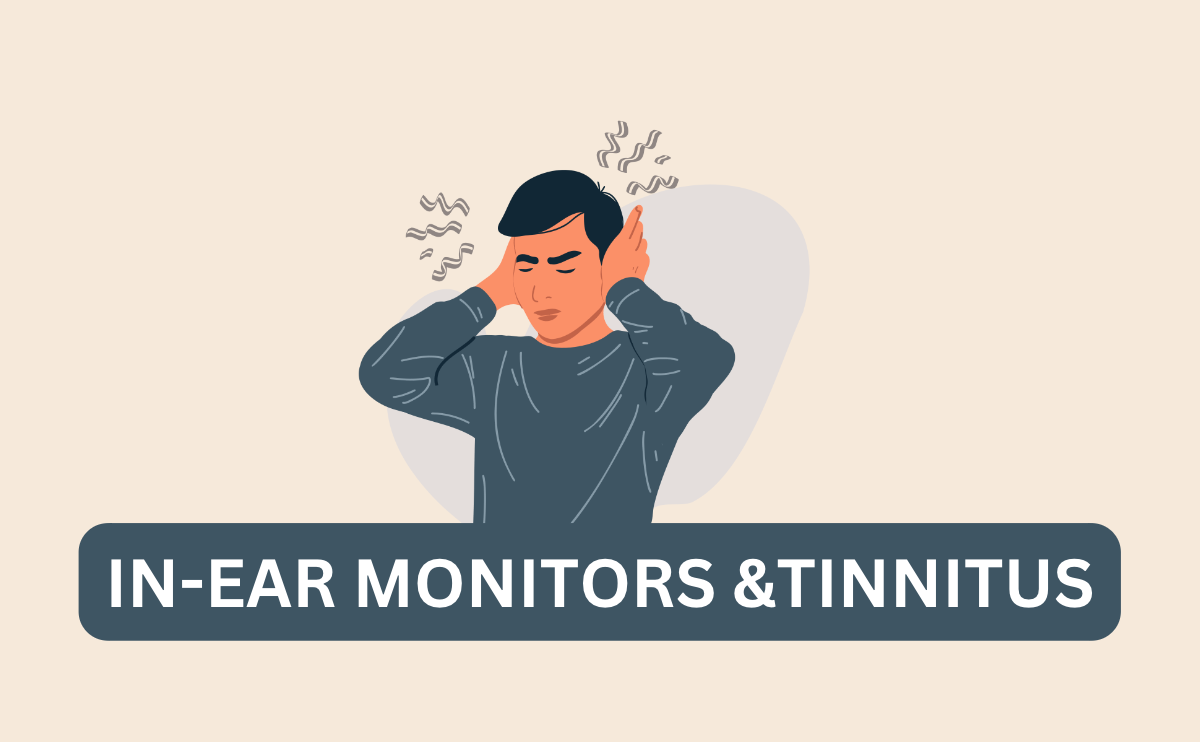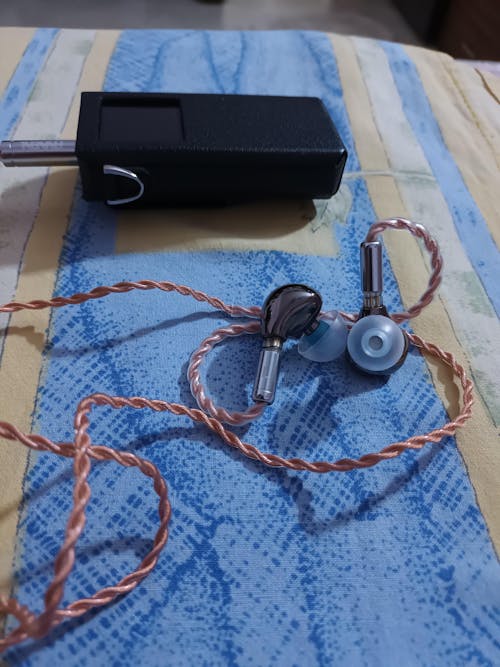In-ear monitors (IEMs) have become increasingly popular among musicians and audiophiles in recent years. These small devices fit directly into the ear canal and provide a personalized listening experience that can greatly enhance the clarity and detail of music. However, prolonged use of IEMs can also lead to a condition called tinnitus, which can cause a persistent ringing or buzzing in the ears. In this blog post, we will explore the benefits and risks of using IEMs and how they can impact tinnitus.
What are in-ear monitors (IEMs) and how do they work?
In-ear monitors (IEMs) are small earphones that are designed to fit snugly in the ear canal. They are typically used by musicians, sound engineers, and audiophiles who require a high level of audio fidelity and noise isolation. IEMs work by using a combination of driver types, such as balanced armature and dynamic drivers, to produce a detailed and accurate sound that is tailored to the user's preferences.
What are the benefits of using IEMs?
One of the main benefits of using IEMs is that they provide a personalized listening experience. Because they fit directly into the ear canal, they can block out external noise and provide a high level of noise isolation. This allows users to hear the music or audio with greater clarity and detail, even in noisy environments. IEMs are also more comfortable to wear for extended periods of time than over-ear headphones, as they don't put as much pressure on the head and ears.
What is tinnitus and how can IEMs cause it?
Tinnitus is a condition where a person hears a persistent ringing, buzzing, or other sound in their ears, even when there is no external noise present. It is often caused by damage to the inner ear, which can be the result of exposure to loud noise or other factors. Prolonged use of IEMs can also lead to tinnitus, as the high levels of sound pressure can cause damage to the delicate structures in the ear. This is especially true if the volume is set too high or if the user is listening to music or audio for extended periods of time.
How can I prevent tinnitus when using IEMs?
There are several steps you can take to prevent tinnitus when using IEMs. First, it's important to use IEMs that fit properly and provide a good seal in the ear canal. This can help reduce the amount of external noise that gets in and prevent you from turning up the volume too high. Second, take frequent breaks when using IEMs for extended periods of time. This can give your ears a chance to rest and recover. Finally, consider using IEMs with semi-open or open back design or with air vent hole. This can help reduce the amount of pressure on the eardrums and prevent the buildup of excess sound pressure. Additionally, using noise-cancelling IEMs or wearing earplugs in noisy environments can also help protect your ears from damage and reduce the risk of developing tinnitus. Remember, taking proactive steps to protect your hearing is essential to prevent tinnitus and maintain optimal ear health.
In conclusion, in-ear monitors (IEMs) can provide a high level of audio fidelity and noise isolation, making them a popular choice among musicians and audiophiles. However, prolonged use of IEMs can also lead to tinnitus, a condition that causes a persistent ringing or buzzing in the ears. By taking steps to prevent tinnitus, such as using properly fitting IEMs and taking breaks when using them for extended periods of time, you can enjoy the benefits of IEMs without risking damage to your ears.























